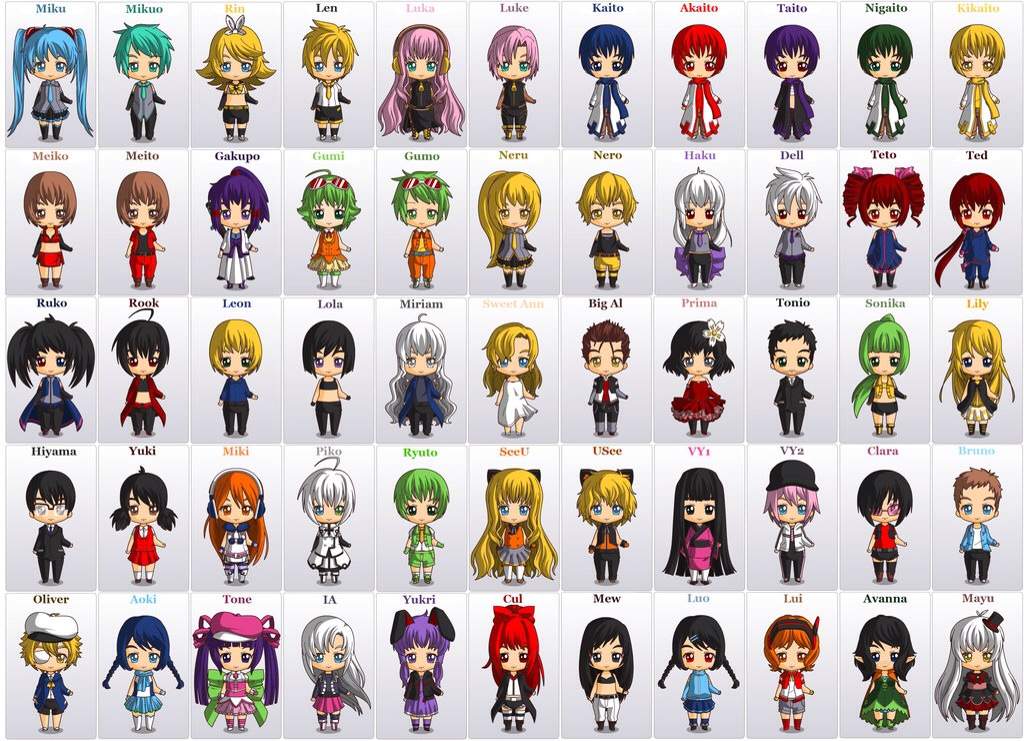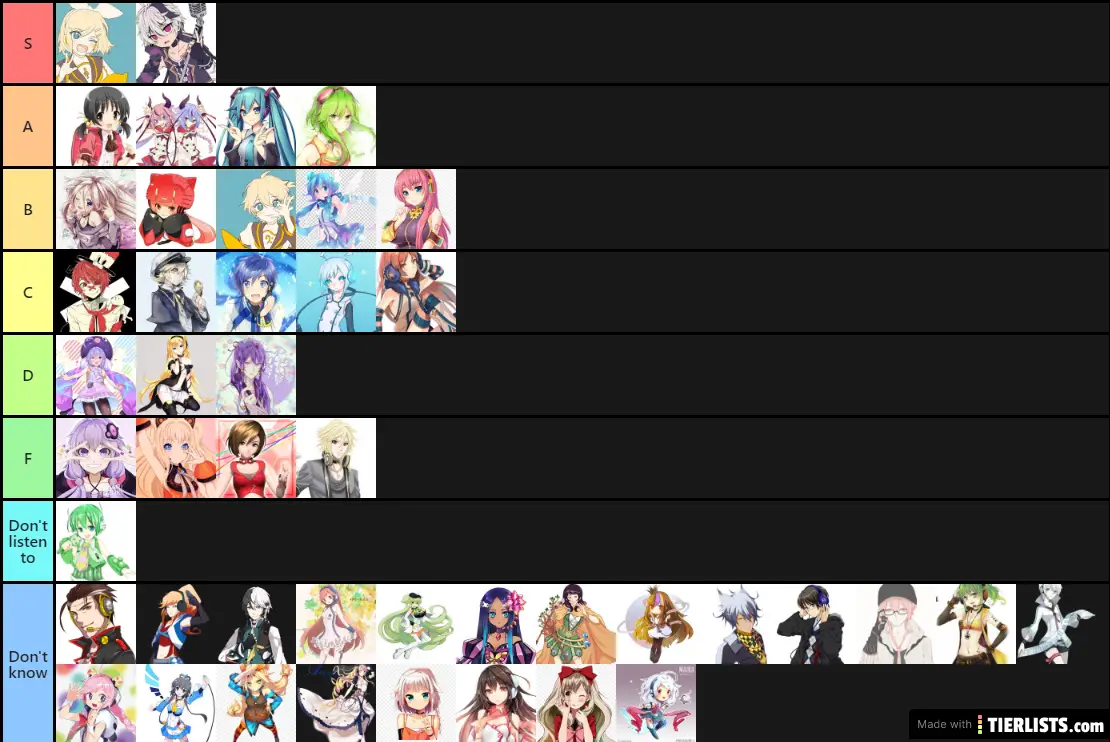

Described as a fairy of music, she's said to be 10 years old. Non-Human Sidekick: Tian Dian, the small creature who accompanies Tianyi.Meaningful Rename: Their original names to a degree, while their renames stand out more.
 Alphabetical Theme Naming: Their logos are comprised of five Devanagari Letters for unaspirated devoiced consonants, one for each. Though all of them have a degree of asymmetry with their apparel. Fashionable Asymmetry: Tianyi and Ling's single thighhigh. Zhiyu Moke - White (officially deep blue, #0080FF). The old standalone version was a pain on that front.The winning entries of the extended Vocaloid China project. I also like that in the Cubase version all the stuff for markers, looping, return to start, etc. I found adding a command to open Note Properties super helpful. This adds a Vocaloid section into the Key Commands dialog. There is a useful option to let you use Cubase Key Commands in Vocaloid. Also a lot of the weird artifacts are much less noticeable when masked by instrumental backing. I’ve also found that some times the pronunciation timing can be improved by doubling up a phonetic symbol - making a vowel last longer or a constant more pronounced. This makes it easier to translate English phonetics into Vocaloid. Then I looked up the example words in my dictionary and wrote down the symbol it used next to its counterpart in the table. What I did back at Vocaloid 2, is print out their list of symbols which are paired with example words. The symbols Vocaloid uses are quite different than any dictionary I own. That said you’ll still find common words it doesn’t know the phonetics for that you’ll need to hand enter via Note Properties.Įntering phonetics can be tricky. But it turned out that when I retyped in the first word & hit enter that triggered it to go through and convert the phonetics for the whole part. However the phonetics for these lyrics were all set to the default “oh” sound.
Alphabetical Theme Naming: Their logos are comprised of five Devanagari Letters for unaspirated devoiced consonants, one for each. Though all of them have a degree of asymmetry with their apparel. Fashionable Asymmetry: Tianyi and Ling's single thighhigh. Zhiyu Moke - White (officially deep blue, #0080FF). The old standalone version was a pain on that front.The winning entries of the extended Vocaloid China project. I also like that in the Cubase version all the stuff for markers, looping, return to start, etc. I found adding a command to open Note Properties super helpful. This adds a Vocaloid section into the Key Commands dialog. There is a useful option to let you use Cubase Key Commands in Vocaloid. Also a lot of the weird artifacts are much less noticeable when masked by instrumental backing. I’ve also found that some times the pronunciation timing can be improved by doubling up a phonetic symbol - making a vowel last longer or a constant more pronounced. This makes it easier to translate English phonetics into Vocaloid. Then I looked up the example words in my dictionary and wrote down the symbol it used next to its counterpart in the table. What I did back at Vocaloid 2, is print out their list of symbols which are paired with example words. The symbols Vocaloid uses are quite different than any dictionary I own. That said you’ll still find common words it doesn’t know the phonetics for that you’ll need to hand enter via Note Properties.Įntering phonetics can be tricky. But it turned out that when I retyped in the first word & hit enter that triggered it to go through and convert the phonetics for the whole part. However the phonetics for these lyrics were all set to the default “oh” sound. 
I was pleasantly surprised to find that when I opened my existing MIDI Parts in the Vocaloid Editor they were pre-populated with the lyrics I had previously entered for the Score Editor. Support for this tool (which is free) is supposed to end mid-March 2016 - so get it while you can if you want to convert 2 libraries to 4. This is pretty much not mentioned anywhere & I only stumbled on it in a result from a Google search. However there is also a separate standalone conversion tool. You can get the 2 libraries into 4 if you’ve previously imported them into the format for 3, which the 3 editor will do. Previously I’ve had a few Vocaloid 2 libraries which worked via a standalone editor (like the Vocaloid 4 not Cubase version), The Vocaloid 2 libraries will not load into 4, although Vocaloid 3 libraries will. Ran into a couple of things I wanted to share. Partially prompted into it because Zero-G is having a sale on 2 libraries that ends in a few days from this posting DEX (VOCALOID4)







 0 kommentar(er)
0 kommentar(er)
